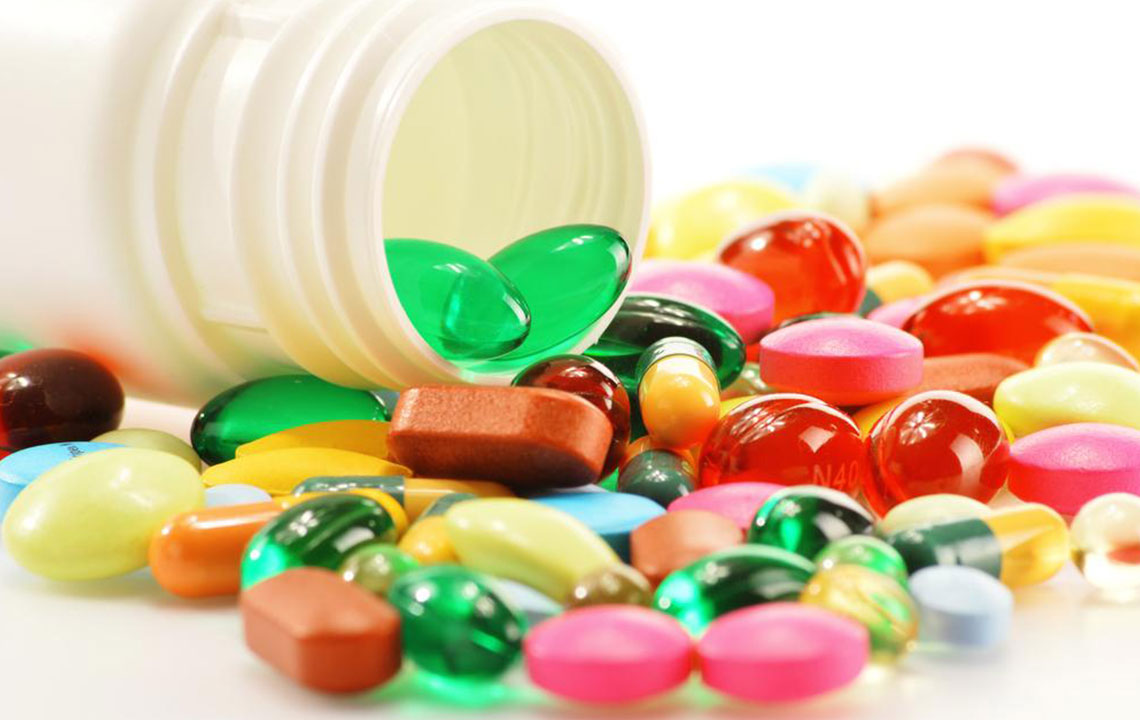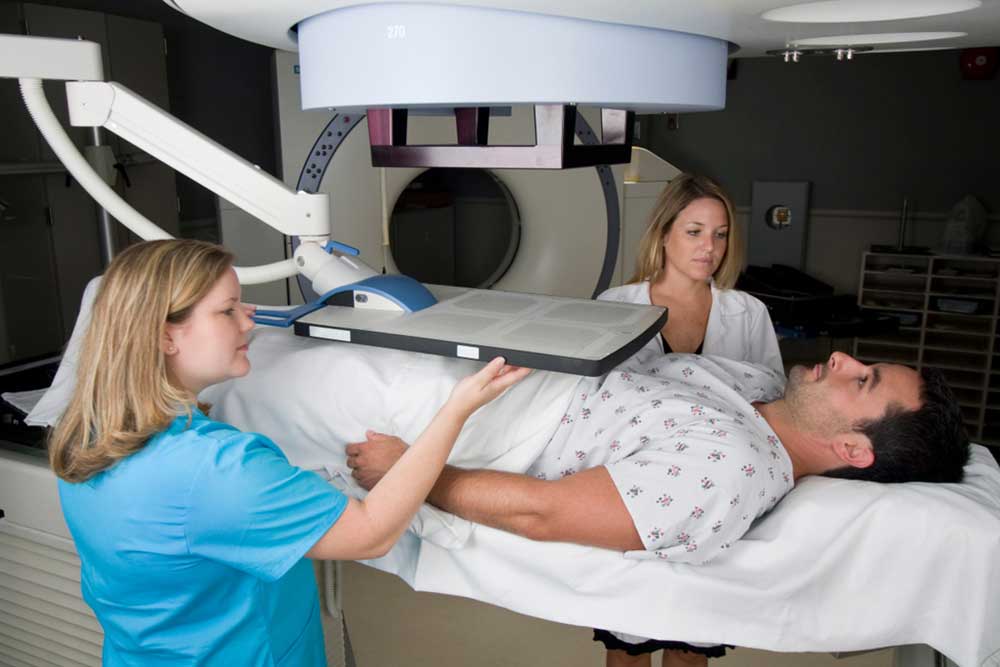Effective Strategies for Managing Low Testosterone Levels
Discover effective approaches to managing low testosterone, including hormone replacement therapies like injections, gels, patches, and pellets. Learn how to determine if treatment is necessary, its benefits, and potential risks for men facing symptoms such as decreased libido, fatigue, and muscle loss. Consulting a healthcare professional is essential to tailor the best solution and ensure safe management of low testosterone levels.

Effective Strategies for Managing Low Testosterone Levels
Testosterone, produced primarily in the testes, is essential for enhancing male characteristics and muscle growth. During adolescence, increasing testosterone levels lead to features such as facial hair and a deeper voice. Additionally, this hormone supports red blood cell production, bone strength, mood regulation, and cognitive functions.
Testosterone peaks in early adulthood and gradually decreases after age 40. Men over 50 may experience symptoms like reduced libido, erectile issues, anxiety, fatigue, weight gain, decreased muscle mass, and anemia.
While aging contributes to falling testosterone levels, other factors such as infections, injuries, cancer treatments, hormonal or steroid medication use, stress, obesity, alcohol abuse, and serious illnesses can also cause declines.
Typically, testosterone levels range from 300 to 1000 nanograms per deciliter of blood. Levels below this range indicate low testosterone, a significant concern for many men. Consulting a healthcare professional is advised for evaluation and treatment options.
Who Should Consider Treatment?
Not everyone with low testosterone needs therapy. Medical recommendations are based on severe symptoms and diagnostic results.
Since testosterone therapy carries risks such as blood thickening, breast tissue enlargement, acne, and stroke, doctors focus on identifying the underlying cause first. Conditions like unexplained weight gain, thyroid issues, or medication side effects are prioritized for treatment. Men without notable symptoms such as fatigue or low libido generally aren’t candidates for hormone therapy.
Additionally, physicians assess other health factors like bone density, prostate health, kidney function, and heart health. Those with osteoporosis benefits from treatment, while individuals with prostate cancer, cardiovascular conditions, urinary issues, or sleep apnea are usually advised against it.
Testosterone Supplementation Options
The most effective treatment for low testosterone is hormone replacement therapy, aimed at restoring normal levels and alleviating symptoms.
Methods of delivery include:
Intramuscular injections
Skin patches or gels
Buccal patches
Pellet implants
Injections are cost-effective, administered once every week or two, with hormone absorption causing peaks and troughs that may affect mood and energy. While affordable, injections can be painful and cause fluctuations in hormone levels.
Gels or patches are applied daily on the skin, usually on the thighs, shoulders, or arms, providing a steady hormone release. They are painless but may cause skin irritation. Care must be taken to avoid contact with others after application.
Buccal patches adhere to the inside of the cheek or gums twice daily, avoiding swallowing. They can cause oral irritation or a bitter taste but allow normal eating and drinking.
Pellets are implanted under the skin for long-lasting effects, typically lasting three to six months. Noticeable improvements in mood and energy appear within weeks, with muscle gains taking several months.
Under medical supervision, hormone therapy can enhance men’s health and vitality, provided the benefits outweigh the potential risks.
Note:
Our website provides valuable health insights based on extensive research. However, these articles are informational and not a substitute for professional medical advice. We recommend consulting healthcare providers for personalized diagnosis and treatment options. The information may not cover all available therapies, offers, or alternative approaches.










